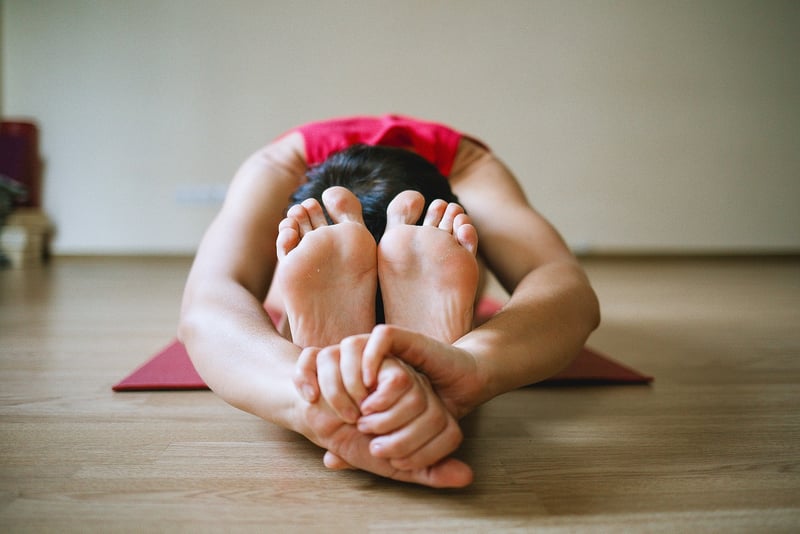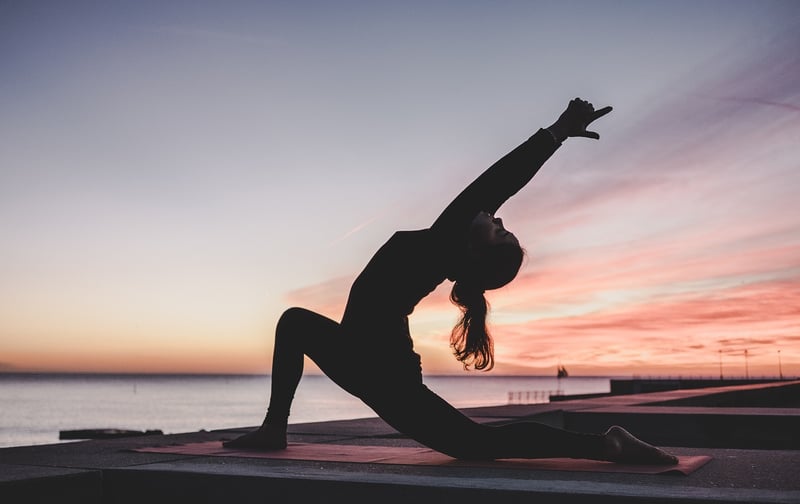Stretching for Flexibility
Therapeutic Movements for Healing and Stretching for Flexibility
Introduction
Therapeutic movements and stretching exercises are essential components of a holistic approach to physical well-being. Whether you are recovering from an injury, looking to relieve stress, or simply aiming to improve your flexibility and range of motion, incorporating these practices into your routine can have numerous benefits.
Therapeutic Movements for Healing
Therapeutic movements focus on gentle, deliberate actions that help restore balance, strength, and flexibility to the body. These movements can aid in the rehabilitation process after an injury, reduce pain and inflammation, and promote overall healing. Some common therapeutic movements include:
- Yoga: Combining breath control, meditation, and various poses, yoga is an ancient practice that can enhance flexibility, strength, and relaxation.
- Tai Chi: This gentle form of martial arts emphasizes slow, flowing movements that can improve balance, coordination, and energy flow.
- Pilates: Focusing on core strength, Pilates exercises can help stabilize and align the body, leading to improved posture and reduced risk of injury.
Benefits of Therapeutic Movements
Engaging in therapeutic movements regularly can result in a range of benefits, including:
- Improved flexibility and range of motion
- Enhanced strength and muscle tone
- Reduced stress and anxiety levels
- Better posture and alignment
- Increased energy and vitality
Stretching for Flexibility
Stretching is a fundamental practice for maintaining and improving flexibility, which is crucial for overall physical health and performance. By incorporating regular stretching exercises into your routine, you can increase your range of motion, prevent injuries, and enhance your athletic abilities.
Types of Stretching Exercises
There are various types of stretching exercises, including:
- Static Stretching: Holding a stretch position for a set period helps lengthen the muscles and improve flexibility.
- Dynamic Stretching: Involves moving parts of your body and gradually increasing reach and speed of movement to warm up muscles.
- PNF Stretching: Proprioceptive Neuromuscular Facilitation techniques involve contracting and relaxing muscles to improve flexibility.
Benefits of Stretching
Regular stretching offers numerous benefits, such as:
- Increased flexibility and range of motion
- Improved circulation and blood flow to muscles
- Enhanced athletic performance and reduced risk of injury
- Relief from muscle tension and soreness
- Improved posture and alignment
Closing Thoughts
Whether you are seeking to heal from an injury, reduce stress, or enhance your flexibility, incorporating therapeutic movements and stretching exercises into your routine can significantly benefit your overall well-being. Remember to consult with a healthcare professional or fitness instructor before starting any new exercise regimen to ensure it aligns with your individual needs and goals.


